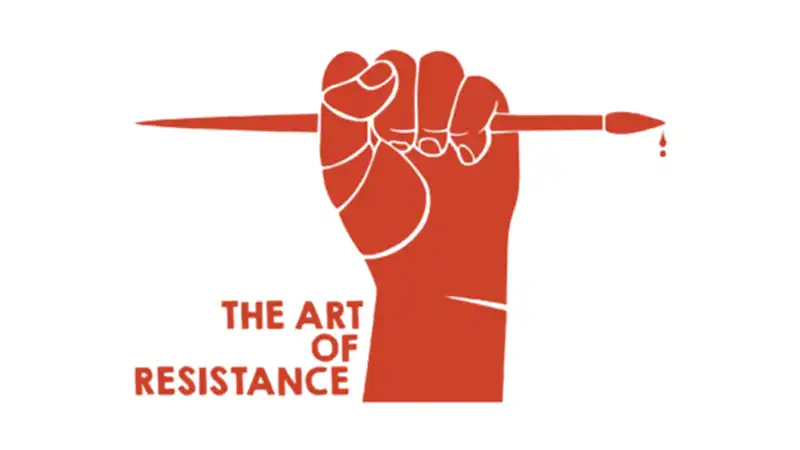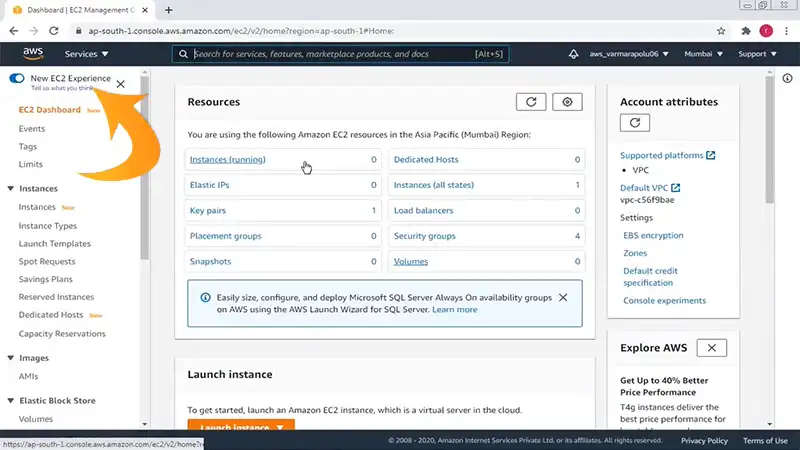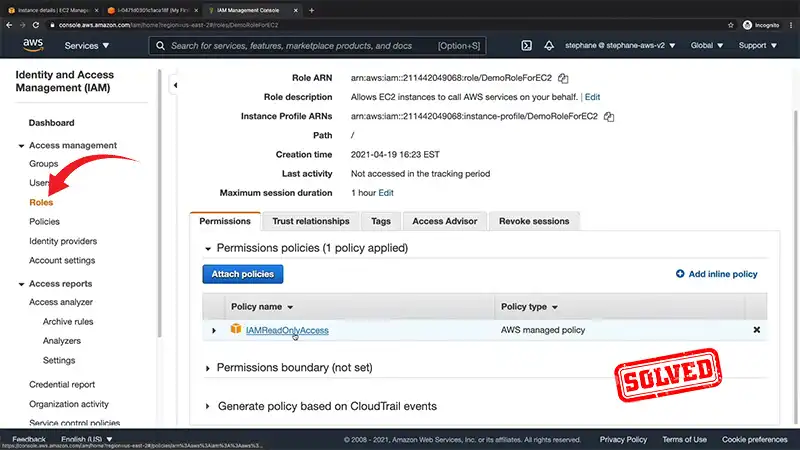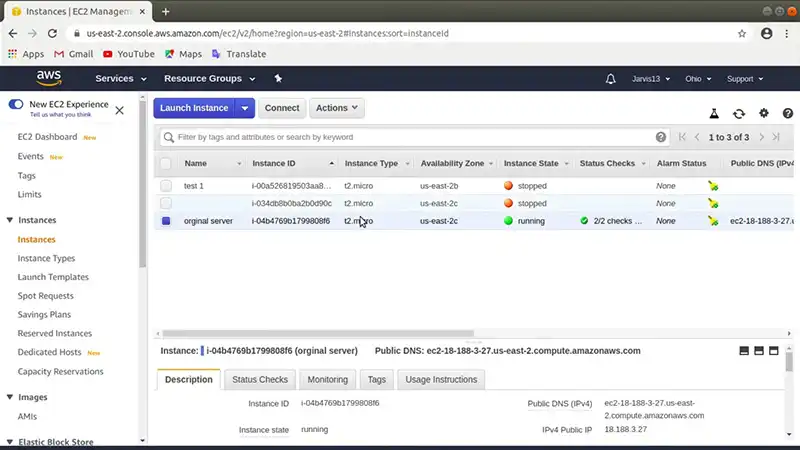Consulting Essentials | Getting the Business
Over the years, a lot of people have approached me asking how to become a tech consultant. What do I need to do to get started? How can I take my first step?
I also hear from managers and CEOs that have asked how I got my start, and how I keep the business running. What lessons from consulting can be applied to startups and small businesses?
Having worked independently for many years I’ve built up my own cache of strategies and methods which I hope can be helpful to anyone looking to strike it out on their own.
This is the first of a series of three articles on consulting essentials. Part two covers managing engagements and part three: Building your business.
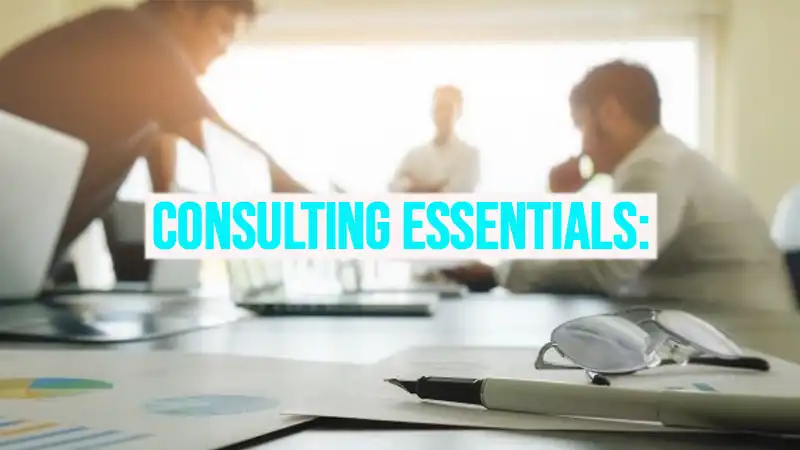
Networking To Avoid the Feast or Famine Cycle
If no one knows about your services, it doesn’t matter how good you are, you won’t have regular work. Some consultants get involved in a regular full-time engagement, and after a year or more experience a lot of downtime when that gig ends.
Want to avoid the feast or famine cycle? Get out there and meet people. Go to meetups and exchange cards. Go to startup and venture events such as Ultralight or The Hatchery.
Participate in General Assembly and related incubators. Start a newsletter, and say something interesting and useful every month. Add every professional colleague you encounter to your list. A newsletter is an invaluable way to keep in touch with folks in your professional world, and the value keeps growing over time.
Build your network, connect people together, and keep in contact with people. This makes you a focal point, and that will bring business to you.
Proposals & Meetings – Always be Closing
Here are how you should manage proposals and meetings:
1. Take Many Meetings and Interviews
If you’re drawing a wide net, you should have tons of opportunities to meet prospects. Sometimes these may be framed as interviews, while other times a meeting of peers.
Ultimately as a professional services provider, you should think of it as a partnership where each party contributes to solving a business problem. Hone your speaking skills, compliment people, smile, listen carefully to people’s concerns, and try to frame answers in language that works uniquely for each person.
2. Talk with Economic Buyers
In order to get hired for your services, ultimately, you’ll need to be talking with the person who manages the budget for such hiring. However, often there are gatekeepers or even human relations folks between you and that person. If you’re being asked for a resume, you’re probably going down the wrong road.
Typically, a stakeholder will ask you about solutions you’ve provided for other customers, how you executed them, and what were some of the highlights. They won’t be giving you a test, or asking you to solve a riddle or coding problem.
3. Send Quotes
If you are active in business, networking regularly, and reaching out to new contacts and colleagues then you should find many asking for advice and expertise. Always be sending out quotes. Sending out a quote is not a do-or-die arrangement.
You should be sending out many many more than you expect to win. By continuing to pitch, you test the market for the demand of your skills, package your services in new and creative ways, and frame solutions that should hopefully resonate with your prospects.
4. Cherry Pick the Best Clients
All clients are not created equal. Some are trying to get a lot for less than market value and will try hard to micromanage and squeeze value out of you. This isn’t personal. Business is about maximizing value for a given price.
It’s important though to qualify the client, make sure they have the budget to be worth your while, and do your due diligence. Better to have a half dozen to a dozen projects in one year, than fifty tiny projects.
5. Give Audience full-time offers
If you’re good at consulting, you’ll gain a lot of experience, exposure to many types of businesses, many technologies, and many environments. This is a valuable experience, and business owners and startups will try to hire you. As part of the *listen* part, it’s always ok to hear out a prospect.
Leave the “door open” as they say. Provide a real explanation for what appeals to you, from independence to freedom of schedule, choosing projects, and compensation. A creative discussion about budgets and pricing options can well turn such a discussion into how you might work together on a situational or project basis.
Although independent consulting isn’t for everyone for those who’ve made a career out of it, taking a full-time opportunity is a step away from that freedom unless you’re making a deliberate career change.
Doing this can be a signal you don’t have a full stream of work, that you’re experiencing the famine cycle, and that you’re looking for safety and security.
Consulting services cost more hour per hour than a full-time resource. But typically, you work in shorter bursts or stints. What’s more your availability is always a business value.
Lastly, because you can ride the crest, stay in demand, stay relevant, and stay fresh, you’ll continue to command top dollar.
Price Your Services Properly
I’ve met many freelancers over the years who struggle to get paid or struggle with cash flow. If this is happening, you’re either not keeping the pipeline full or not charging sufficiently for your services. What exact price is right for you of course will vary.
My personal recommended method is to research the large firms in your services space. Find out what their junior and senior folks are billed out at. These firms of course have a lot of overhead, so 50% of those rates should be a good base number to work around.
Furthermore, these calculations can be used in discussions with prospects to sell your services. Remind prospects that they’ll be getting the same professional experience, and more customer focus because you’re a one-man shop, and pay half the price for it. A proverbial win-win.
Discount by Reducing Value
Beware taking too much pro-bono work, or giving discounts at the outset of an assignment. This signals to the savvy firm that you’re keen to close the deal, and will probably negotiate further. You’ll have little room to renegotiate rates higher, once the engagement has begun. You’ve already set a precedent.
So, if a firm asks for a discount, be sure to reduce the entire package in some way. The total number of hours, on-call coverage, amount of software or widgets delivered, etc.
Experiment with Different Billing Models
Hourly billing is not the only model in town. If you’re finding it’s a lot of work to keep track of hours, or you and your client are staying unduly focused on these details, consider other models.
Pricing by the day may work, for example. Further options may include billing by the week or even by the month. Chances are you’ll want to discount somewhat for larger incremental steps in pricing.
Keep in mind that with monthly billing, for example, your project cannot end on June 10th or July 5th. It will always roll forward to the end of a month. So, offering a discount for larger billing periods may even out in the end.
Conclusion
These are the basic tips that are essential to get the business. We hope you will be benefited in the near future after reading this article and implementing the tips that we just have discussed. If you have anything to share in your mind, feel free to share them in our comment section below. Thanks for reading!





